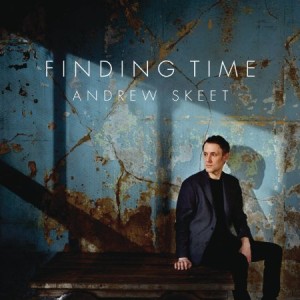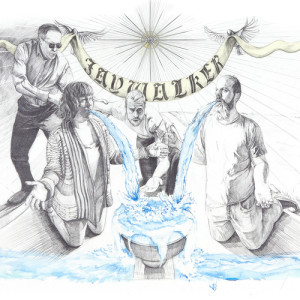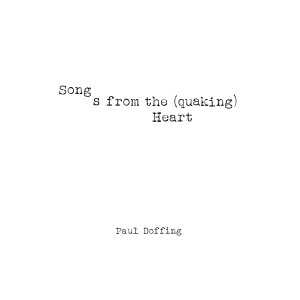Upbeat
1. “Saturday” – SPORTS. This evanescent (1:13!), earnest, perky garage-rock track hits all the right notes and touches a chord in me. It’s the perfect mix of enthusiasm and grit. Father/Daughter Records is on a roll.
2. “Vultures” – Delta Mainline. Call it Spiritualized at its most arch or acoustic-based ’90s Britpop (Oasis, The Verve) at its most early-morning woozy–this track is a memorable one.
3. “Wall Ball” – Art Contest. Any band that can make math-rock accessible and hooky is greatly to be praised. Art Contest’s impressive technical chops are only overshadowed by their incredible songwriting ones. This song is an adventure.
4. “There’s No Love” – We Are Magnetic. It’s summer, so I need a continuous stream of brash, upbeat dance-rock tunes. This one plays out like a less yelpy Passion Pit, complete with a giant chorus anchored by a soaring melody and backed with a choir. Get your dance on.
5. “Pistoletta” – North by North. Imagine My Chemical Romance had a little more rock and a little less theatrics, or think of late ’60s/early ’70s rock, right as glam was breaking out and wasn’t really there yet. Soaring vocals, rock drama, and crunchy guitars sell it.
6. “Get on the Boat” – Little Red Lung. This female-fronted outfit calls up Florence and the Machine comparisons through its adventurous arrangements (check that booming cello), minor-key vibes, and front-and-center vocals.
7. “Then Comes the Wonder” – The Landing. An ecstatic mishmash of handclaps, burbling synths, piano, and falsetto vocals creates a song that makes me think of a half-dozen disparate sonic influences (Foals, Prince, Fleet Foxes, and the Flaming Lips among them).
8. “Dust Silhouettes” – CFIT. Glitchy electro-pop noises give way to psych-influenced guitar and vocals, all stacked on top of an indie-rock backline. It’s a head-spinner in the best sort of way.
9. “Take Me Away” – Late Nite Cable. The chorus in this song is the electro-pop equivalent of the sun coming out from behind clouds after two days of rain.
10. “ONE” – Moving Panoramas. Sometimes I wonder what people are listening to when they’re walking down the street with headphones in. This feels like it could be one of those things: a walking-speed indie-pop-rock song with excellent bass work, down-to-earth vocals, and a little sense of wonder.
11. “Alien Youth” – The Albino Eyes. Calls back to the time when synth-rock meant The Cars: the zinging, charming synths over slightly-smoothed out garage-rock is nostalgic in the best of ways.
12. “Strangers” – Balaclade. Balancing guitar crunch with feathery vocals makes this an engaging post-’90s-indie-rock track.
13. “Falling” – Here We Go Magic. This warm, swirly, electronics-laden pop-rock tune calls to mind School of Seven Bells, if their sound was a little more tethered to acoustic instrumentation.










